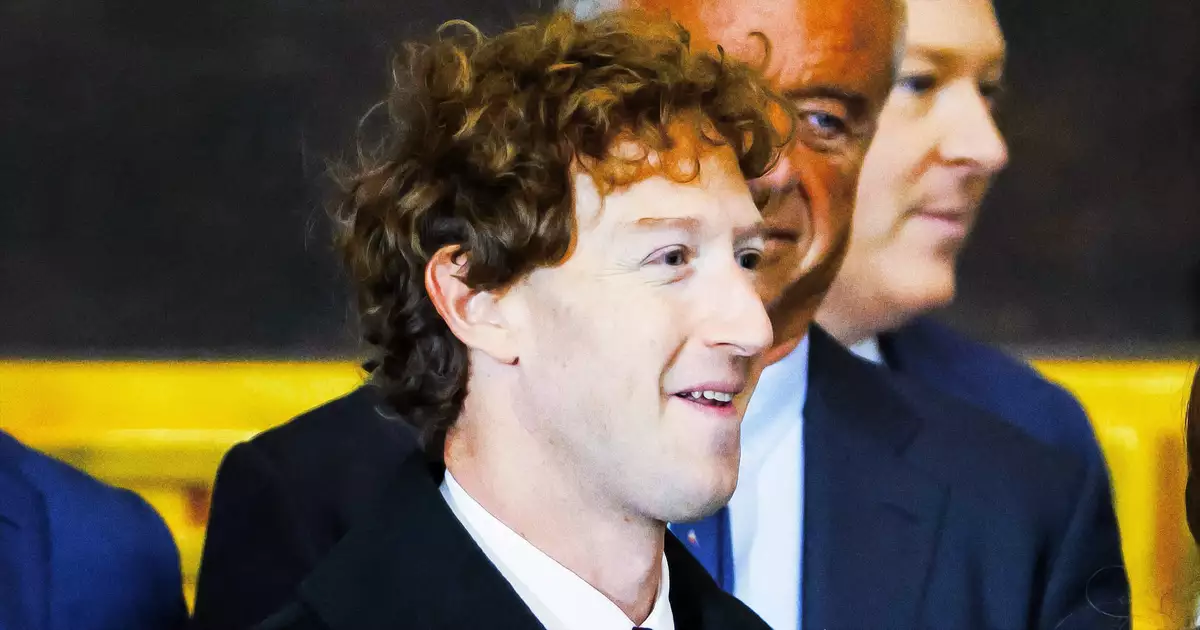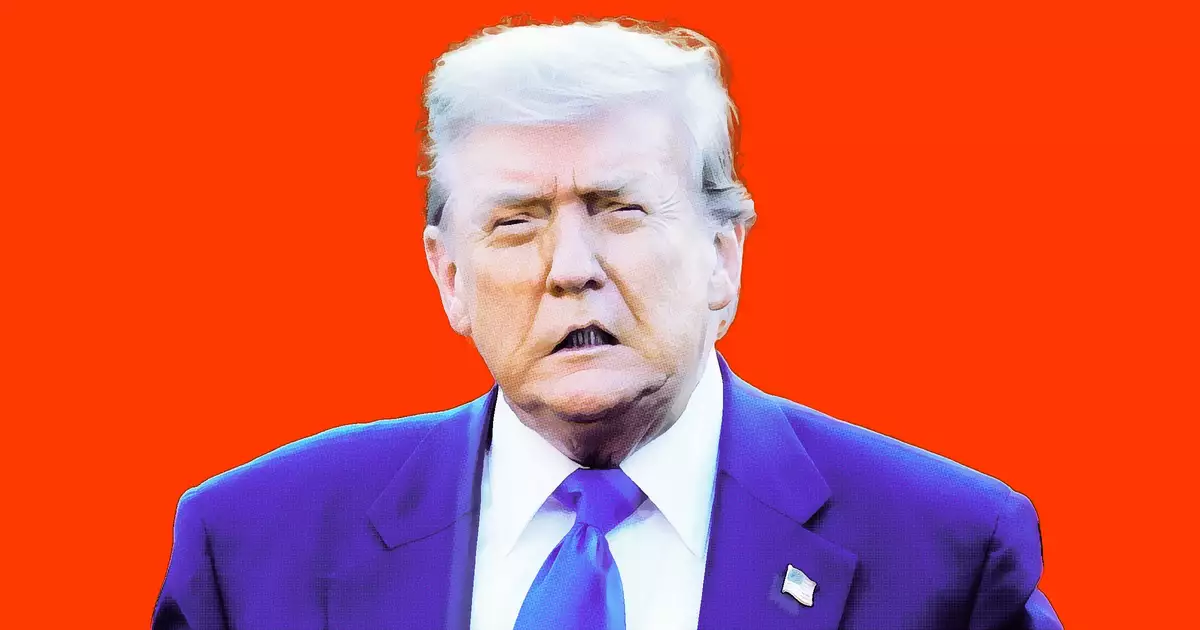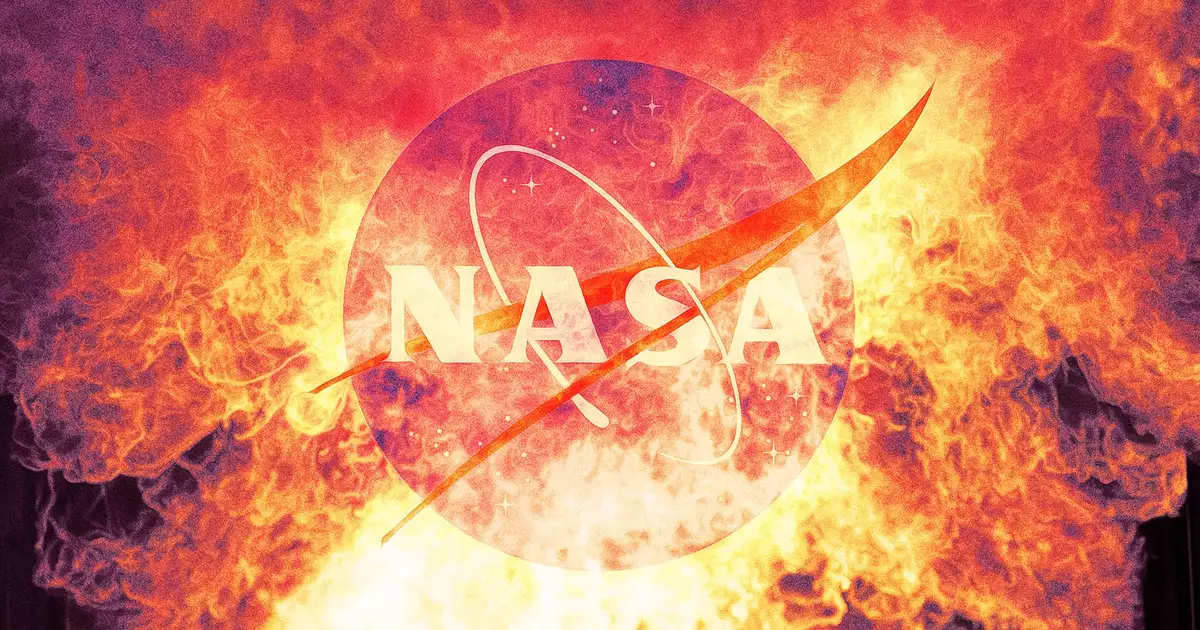NYPD Turns to AI in High-Profile UnitedHealth CEO Murder Case
The New York Police Department is leveraging artificial intelligence in its investigation of the shocking murder of UnitedHealth CEO Brian Thompson, who was gunned down outside a Manhattan hotel last week. As the city reels from the high-profile killing, investigators are scouring surveillance footage and evidence collected from the crime scene and an uptown hostel.
In a significant development, NYPD sources reveal that AI technology is being employed to analyze video footage and potentially identify the masked suspect. “Our AI systems can match bone structure even when facial features are obscured,” an unnamed NYPD official stated. This claim has sparked both interest and skepticism among the public and tech experts alike.
The case has quickly become a litmus test for AI’s effectiveness in law enforcement. While the NYPD expresses confidence in the technology, social media is abuzz with doubts. Many netizens have taken to platforms like Twitter to question the reliability of AI in such a critical investigation, with some posts mocking the police’s reliance on the technology.
As the investigation unfolds, additional details have emerged. The suspect reportedly stayed at an uptown hostel, where they were captured on camera without a mask. Authorities also discovered that the perpetrator used a fake New Jersey ID, adding another layer of complexity to the case.
The murder has ignited a broader debate about the health insurance industry. Thompson’s position as CEO of a major insurer has led to mixed reactions online, with some expressing criticism of the industry’s practices. Notably, allegations have surfaced that UnitedHealth itself used AI to deny claims, as highlighted in a recent Senate report on increased denial rates by insurers.
Speculation about the motive behind the attack has intensified following the discovery of shell casings at the crime scene inscribed with the words “deny,” “defend,” and “depose.” This has led some to theorize that the murder may have been motivated by animosity towards the health insurance industry.
As the NYPD continues its investigation, the use of AI in this high-profile case remains a focal point of public interest and debate. The outcome could have far-reaching implications for the future of AI in policing and its perception among the public.



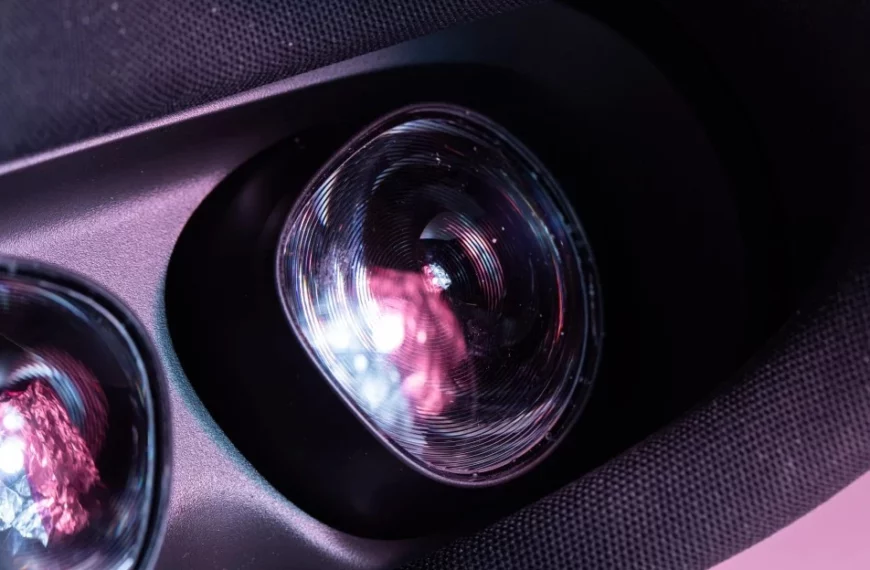
 By
By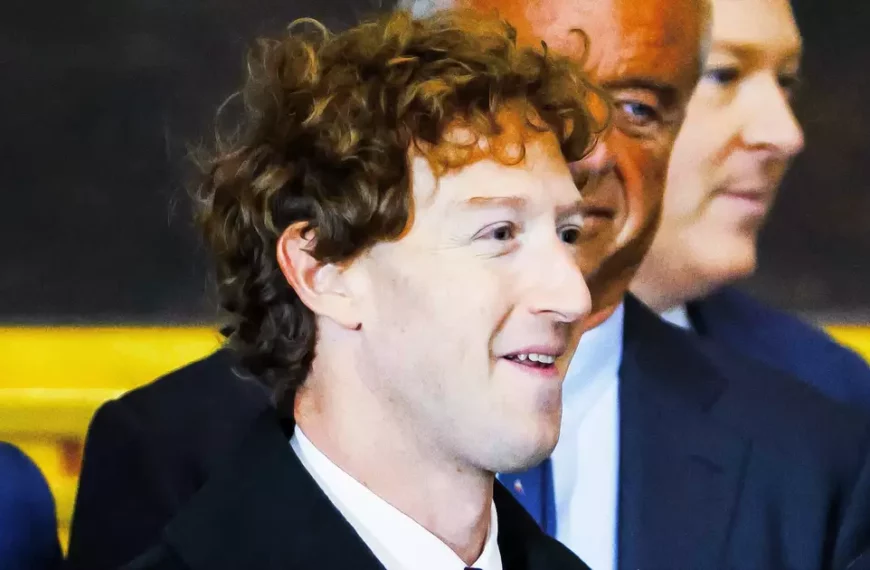
 By
By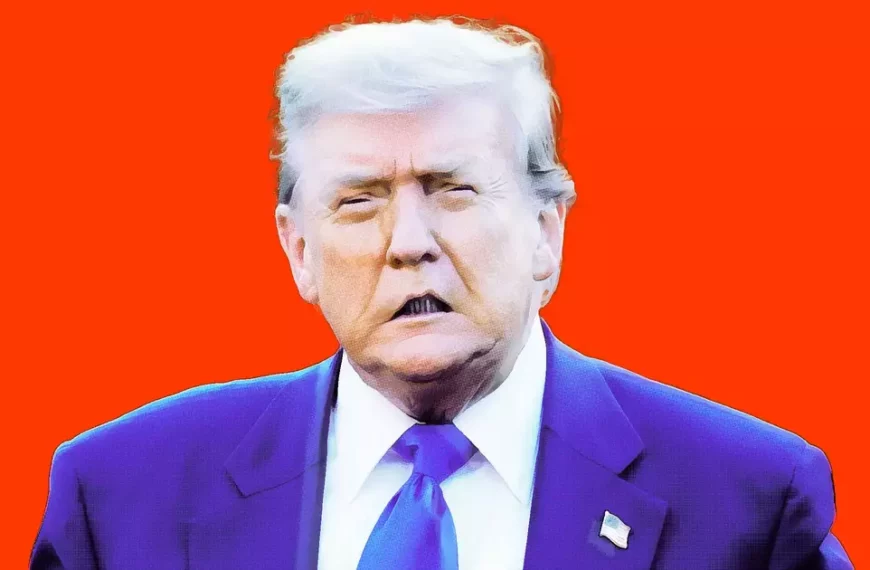
 By
By



 By
By
 By
By


